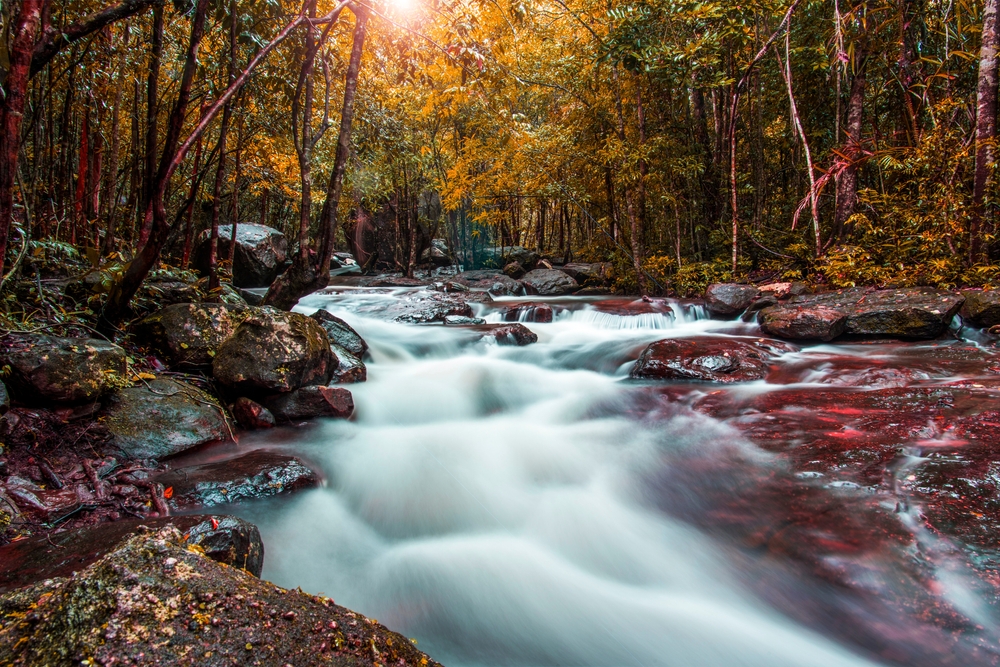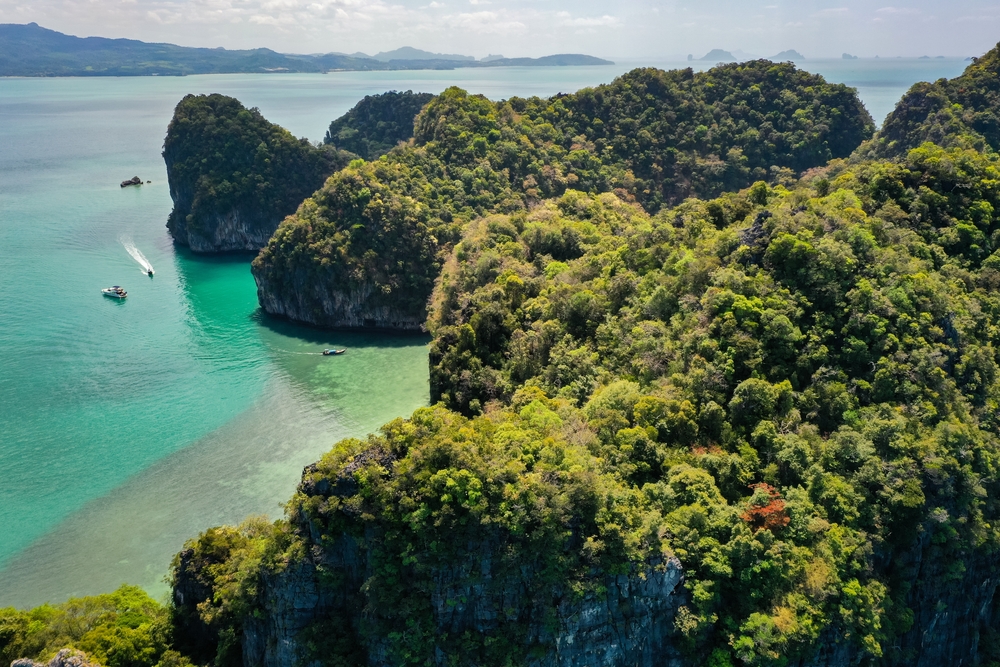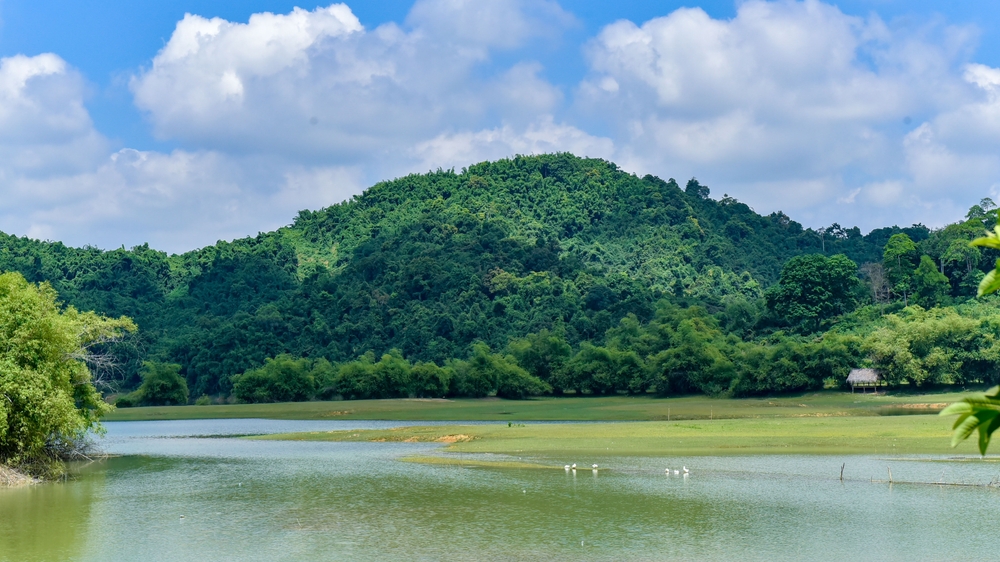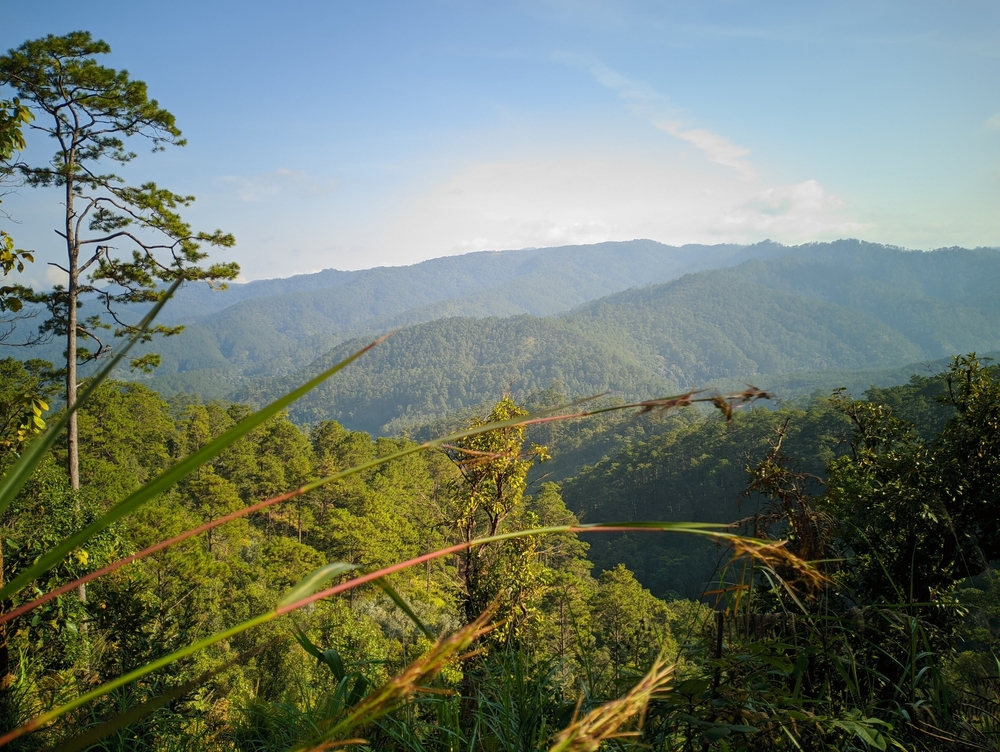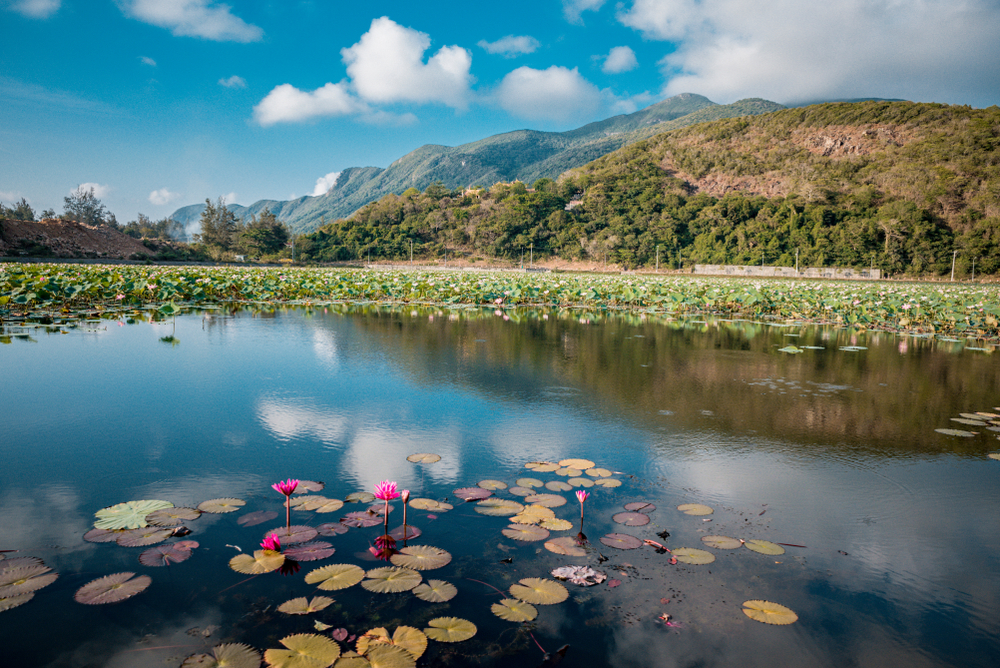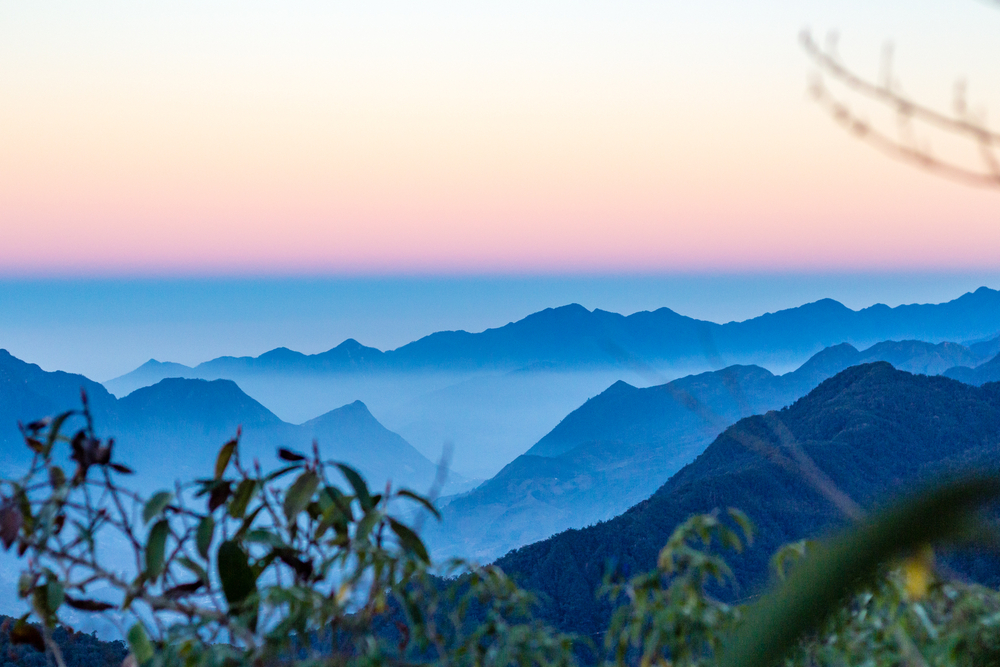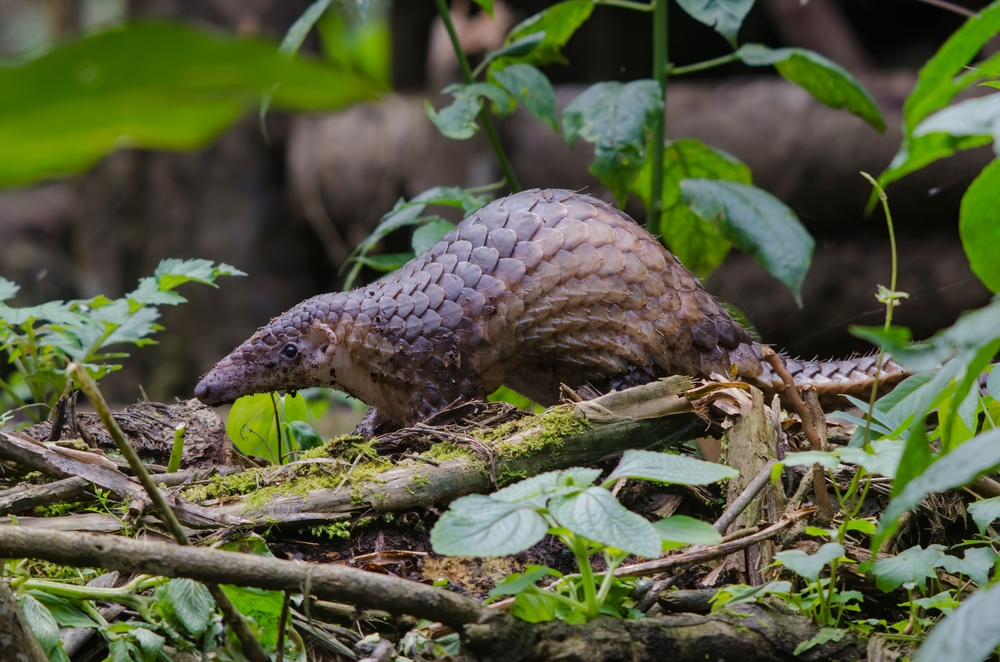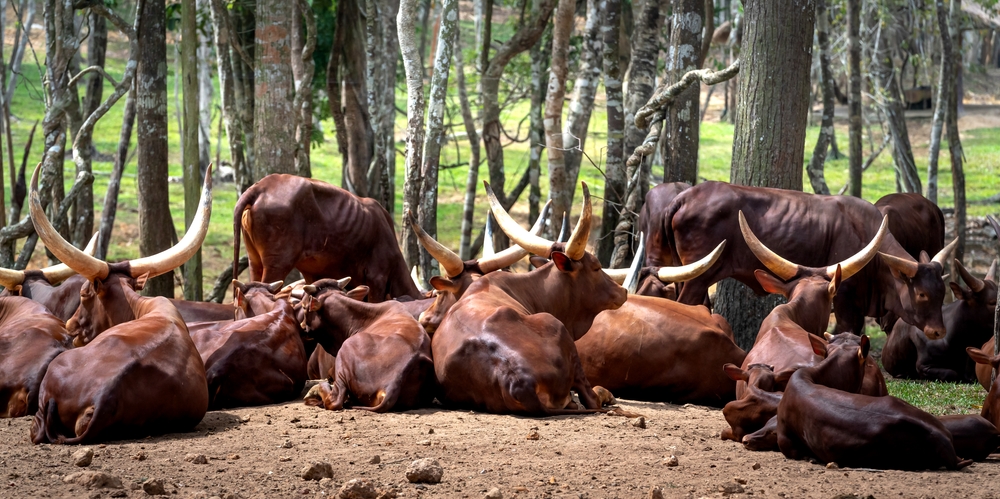Phú Quốc Overview
Phú Quốc National Park, known locally as Vườn Quốc gia Phú Quốc, is a sprawling natural sanctuary located on Phú Quốc Island, the largest island in Vietnam. This national park occupies an impressive area of approximately 123 square miles (318 square kilometers) and is part of Kiên Giang Biosphere Reserve, a UNESCO-designated area known for its extraordinary biodiversity. Situated in the northern and northeastern parts of the island, the park encompasses lush tropical landscapes, towering mountain ranges, and pristine coastal areas that captivate visitors with their unspoiled beauty.
The park’s terrain is a mixture of lowland forests, mangroves, and mountainous areas, with Mount Chúa standing out as the tallest peak at 1,066 feet (324 meters) above sea level. This mountain provides a dramatic backdrop to the park’s dense vegetation, which includes evergreen forests, bamboo groves, and a variety of native palms. Streams such as Rạch Tràm and Rạch Cửa Cạn meander through the park, creating tranquil waterfalls and pools that add to its allure. These waterways not only enhance the scenic charm but also serve as vital habitats for aquatic species.
Phú Quốc National Park is renowned for its diverse wildlife, much of which is endemic to the region. Mammals such as long-tailed macaques, slow lorises, and civets inhabit the dense forest, while reptiles like monitor lizards and various snake species are also common. Bird enthusiasts will delight in spotting hornbills, kingfishers, and eagles soaring above the canopy or perched in the trees. The park’s marine zones, which form part of its protected area, are home to vibrant coral reefs, sea turtles, and a variety of tropical fish.
Visitors are often drawn to the park for its tranquility and natural wonders. Popular features include trekking trails that lead through the dense forest and up to Mount Chúa, offering panoramic views of the island and its turquoise waters. The waterfalls, especially during the rainy season, are a favorite spot for picnicking and relaxation. The park’s proximity to the pristine beaches of Phú Quốc Island makes it an ideal destination for combining forest exploration with seaside enjoyment.
Phú Quốc National Park is best explored on foot or by guided tours, which provide insights into its flora and fauna while ensuring minimal disturbance to the environment. Birdwatching, photography, and eco-tours are also popular activities. The park’s marine sections offer opportunities for snorkeling and diving, giving visitors a chance to experience its underwater biodiversity.
Conservation efforts in Phú Quốc National Park focus on preserving its unique ecosystems and combating threats such as deforestation, illegal logging, and poaching. Local and international collaborations have led to successful reforestation projects and increased awareness among the local communities about the importance of biodiversity conservation. Despite these efforts, balancing tourism and conservation remains a challenge, as the island continues to grow as a global travel destination.








































































